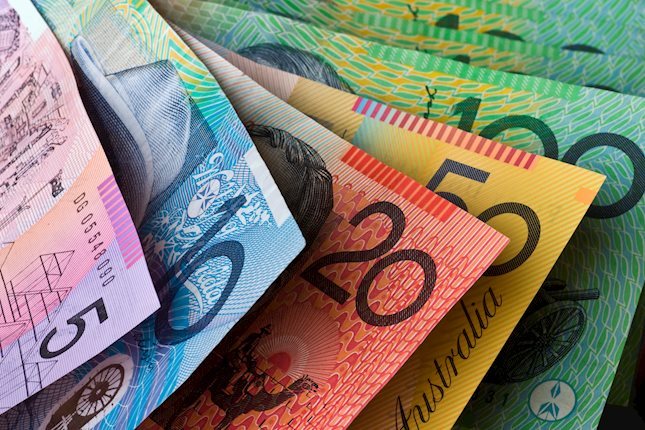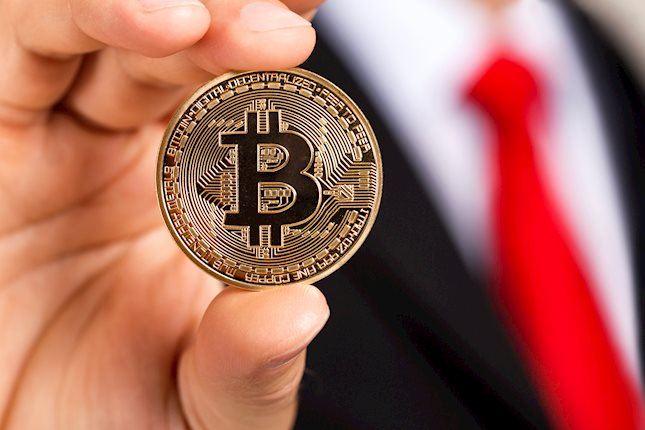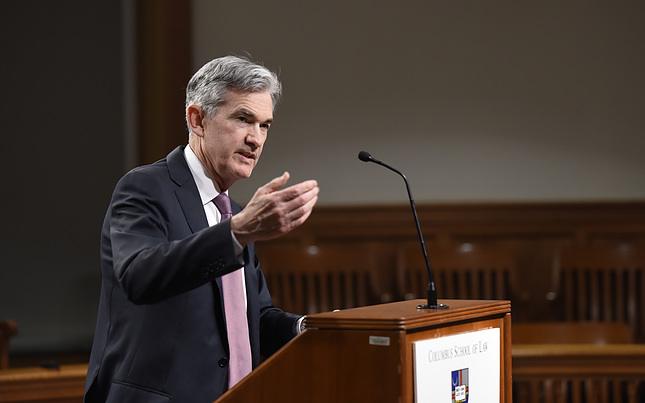Over the last year, the dollar saw an extended period of strength, but turned around in autumn. Although there were many events to influence that trajectory, the main overriding theme has been the Fed. And as we turn our attention to the new year, it appears that will be the main driver going forward, as well. And not just the dollar, as risk sentiment could have some significant fluctuations over the coming months.
What's expected
There remains a discrepancy between what the market expects the Fed to do, and what the Fed says it will do. Fed officials have repeatedly said that rate hikes will continue. But the market is pricing in a terminal rate of under 5.0%. That implies at most two more hikes in the coming year, a significantly slower pace than what has been happening so far.
The first quarter is the moment of truth, to find out whether the Fed stays true to its implication that rates will be higher than the markets are expecting. The economic situation might be significantly different in the coming months, which could change the Fed's position. It's not that the market thinks the Fed is being dishonest, it's that the market thinks the Fed is being too optimistic about the economy.
Two roads diverged in a yellow wood
Everyone seems to agree that there will be some kind of slowdown in the US at the start of the next year. The issue is whether it will be severe enough to knock the Fed off its rate trajectory. Or, will the slower economic activity pull inflation down faster than expected. So far, headline inflation has come in below expectations by quite a lot over the last few months. But core inflation has been a little more "sticky".
Slower economic activity would imply less demand for crude, and energy has been one of the leading factors pushing the difference between core and headline CPI. A more mild winter and a diffusion of geopolitical tensions could help reduce inflation faster than anticipated. Combined with an underperforming economy, the Fed could have every reason to not only stop hiking, but to retrace its steps. Less risk outlook and a dovishly inclined Fed could significantly weaken the dollar over time.
The path less taken
The consensus among economists is that there will be a relatively mild and short recession in the early part of the year, followed by a slow recovery. That considers a Fed keeping rates tight, and aggressively winding off its balance sheet. That represents the scenario that could weaken the dollar initially, but generally remain strong through the year, thanks to higher interest rates.
The divergent opinion is that there won't be a recession at all, and the US will power through on good employment figures and increased government spending. That means inflation could remain elevated, and the Fed might not be as aggressive in raising rates. This scenario implies that the dollar will weaken in the early part of the year and simply continue its trend.
Check back in twelve months to see who was right.
This market forecast is for general information only. It is not an investment advice or a solution to buy or sell securities.
Authors' opinions do not represent the ones of Orbex and its associates. Terms and Conditions and the Privacy Policy apply.
Trading foreign exchange on margin carries a high level of risk, and may not be suitable for all investors. Before deciding to trade foreign exchange, you should carefully consider your investment objectives, level of experience, and risk appetite. There is a possibility that you may sustain a loss of some or all of your investment and therefore you should not invest money that you cannot afford to lose. You should be aware of all the risks associated with foreign exchange trading, and seek advice from an independent financial advisor if you have any doubts.
Recommended Content
Editors’ Picks

AUD/USD flat lines above 0.6500 ahead of RBA Meeting Minutes
The AUD/USD pair trades flat near 0.6505 amid the consolidation of the US Dollar (USD) during the early Asian session on Tuesday. Investors will monitor the Reserve Bank of Australia (RBA) Meeting Minutes, which is due later on Tuesday.

EUR/USD digs in and extends rebound from 1.05
EUR/USD pared away further losses on Monday, rising nearly two-thirds of a percent as markets ease off the Greenback gas pedal and give the Euro a chance to come up for air.

Gold rises as US Dollar dips on Rusia-Ukraine concerns
After suffering large losses in the previous week, Gold gathers recovery momentum and trades in positive territory above $2,600 on Monday. In the absence of high-tier data releases, escalating geopolitical tensions help XAU/USD hold its ground.

Crypto Today: Poland to adopt BTC as Hedera, Tezos rally alongside Microstrategy investing another $4.6B
While Solana’s daily time frame gains were subdued at 2.2%, the SOL price action drew attention on Monday as traders brace for a potential breakout to new all-time highs.

The week ahead: Powell stumps the US stock rally as Bitcoin surges, as we wait Nvidia earnings, UK CPI
The mood music is shifting for the Trump trade. Stocks fell sharply at the end of last week, led by big tech. The S&P 500 was down by more than 2% last week, its weakest performance in 2 months, while the Nasdaq was lower by 3%. The market has now given back half of the post-Trump election win gains.

Best Forex Brokers with Low Spreads
VERIFIED Low spreads are crucial for reducing trading costs. Explore top Forex brokers offering competitive spreads and high leverage. Compare options for EUR/USD, GBP/USD, USD/JPY, and Gold.